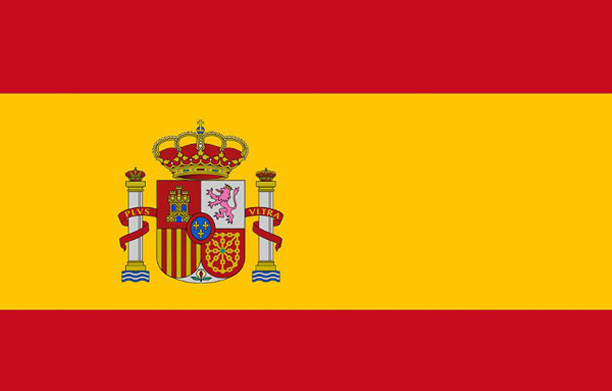
PRODUCTS


Difference between plywood and joinery board
Difference between plywood and joinery board
1. Joinery board. Joinery board is a solid board composed of core board and surface board. The core board of joinery board is spliced by wood strips, and generally the same tree species or similar tree species are selected. The moisture content of the core board of joinery board shall be controlled between 6% and 12%, the width of the core strip shall not be more than three times of the thickness, and large cracks and cavities are not allowed. There are two surface boards of joinery board, the one with better quality is called panel, and the other side is backplane. The surface plate can be sanded on one side, two sides or both sides. In special cases, the surface of the joinery board is allowed to be repaired properly. The craft of fine wood board makes full use of the waste materials in the wood processing. It is a kind of construction board with large breadth, moderate thickness and uniform structure.
The surface of joinery board shall be flat without warpage, deformation, blister or depression; the core strip shall be arranged evenly and orderly with small gap, and the core strip shall be free of decay, fracture, wormhole, knot, etc. Some of the joinery boards are Jerry built, and the gap of the solid wood strip is large. If the gap is nailed, there is basically no nail holding force.
Consumers can look at the sun when they choose, and the gap of solid wood will be white. If the bonding strength of joinery board is not good, there will be a "squeak" opening sound at one corner. If the big core board emits the fragrant wood smell, the formaldehyde emission is less; if the smell is pungent, the formaldehyde emission is more (the natural log also contains trace aldehyde substances in the natural state).
The quality of joinery board is very different, so we should check it carefully when purchasing. First, check whether the core material is dense, whether there are obvious seams and rotten and deteriorated wood strips, whether there are obvious seams and rotten and deteriorated wood strips, and whether there may be insect eggs in the rotten wood strips, which are prone to moth damage in the future; then check whether there is glue and putty mending around, which is generally to mend the internal cracks or cavities; then, knock the surface of the board with a sharp beak instrument, and listen to whether the sound is good or not There is a big difference. If the sound changes, it means that there is a hole in the plate. These phenomena will weaken the overall bearing capacity of the plate, and the long-term uneven stress will cause the plate structure to twist and deform, affecting the appearance and use effect.
2. Multilayer board. The multilayer board is sometimes called plywood. It is similar to the joinery board in terms of manufacturing method and material selection. The multilayer board and joinery board are composed of several layers of boards, but the difference from joinery board is that the multilayer board is not necessarily three layers, and the thickness of each layer of multilayer board is the same. The multi-layer board has good structural strength and stability, and is mainly used for the production of wood products such as the bottom plate of decorative panel and the back plate of panel furniture.
Plywood is made of three or more layers of solid wood veneer or veneer glued by hot pressing. There are three plywood, five plywood, nine plywood and twelve plywood (commonly known as three plywood, five plywood, nine plywood and twelve plywood). It has good structural strength and stability. Plywood contains a large amount of glue, so edge sealing should be done during construction to reduce pollution.
Plywood is mainly used to decorate the bottom plate of the panel, the back plate of the panel furniture and other wood products. The formaldehyde emission and bonding strength of plywood are the main factors to choose. If the bonding strength of plywood is not good, it is easy to scatter. When selecting, pay attention to whether the nominal thickness of plywood is consistent with the actual thickness. To select plywood, pay attention to the following points:
① Plywood has the difference between the front and the back. When selecting, the plywood shall have clear wood grain, smooth and smooth front surface, not rough, and be flat and smooth.
② Plywood shall be free of damage, bruise, hard damage, scar joint and other defects.
Sitemap LINYI HUITE INTERNATIONAL TRADE CO.,LTD. © All Rights Reserved. POWERED BY YUNSU NETWORK







